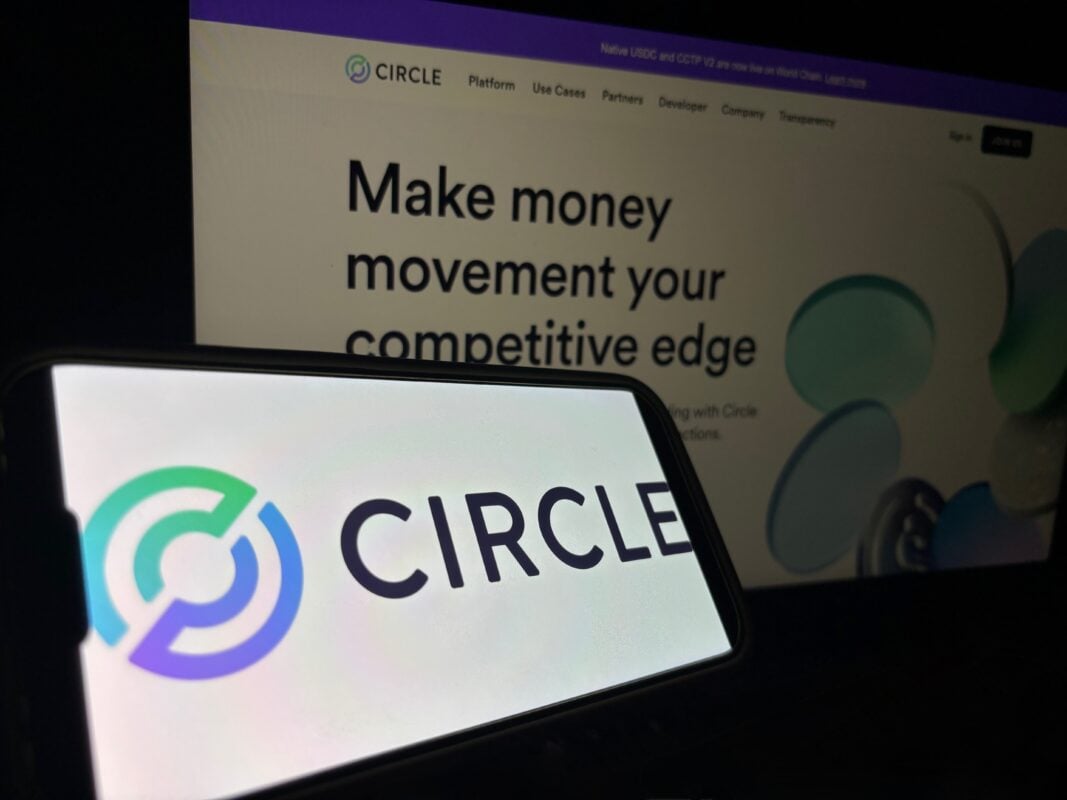TLDR
- Circle introduces a new Refund Protocol on its Arc blockchain to enable partial reversibility for USDC payments.
- The Refund Protocol allows both parties to agree on refunds or counter-payments, similar to traditional merchant refunds.
- The system requires authorization from an arbiter to settle disputes, ensuring secure and transparent on-chain transactions.
- Circle’s Arc blockchain is designed for institutional users, focusing on stablecoin transactions with enhanced privacy features.
- The new refund mechanism helps financial institutions remain compliant with emerging regulations on stablecoin use.
Circle, the issuer of the USD Coin (USDC) stablecoin, is introducing a novel approach to on-chain refunds through its Arc blockchain platform. This development targets institutional users, such as banks and treasury teams, aiming to bring blockchain’s speed and flexibility to the traditional financial sector. The new system addresses the challenges of fraud and disputes in crypto transactions while preserving blockchain’s unchangeable nature.
Circle is working on a solution that allows partial reversibility for USDC payments made on Arc. Traditionally, blockchain transactions are irreversible, a feature that has earned blockchain widespread praise. However, Circle is testing a system that will enable refunds or counter-payments when fraud or disputes are detected.
This approach will not completely reverse transactions, but rather allow both parties to agree on refunds, akin to traditional merchant refunds, but executed on-chain. The Refund Protocol, central to this initiative, will hold payments in escrow and enable an authorized arbiter to settle disputes.
Circle’s Refund Protocol Aims to Bridge Traditional Finance and Crypto
Circle’s Refund Protocol aims to solve one of the most persistent issues in blockchain: transaction irreversibility. This system allows institutions to handle disputes in a secure, transparent, and fully on-chain way.
“The Refund Protocol is designed to balance the finality of blockchain transactions with the flexibility needed to resolve disputes,” said a Circle spokesperson.
Once a payment is made through the Arc blockchain, both parties will have the option to agree to a refund. However, the refund process will require authorization from an arbiter to ensure that the process remains secure and transparent. This solution addresses the need for both speed and safety in institutional crypto payments.
Circle’s move signals a shift toward a more mature and regulated approach to stablecoin use. The Refund Protocol will help financial institutions, especially those in regulated markets, remain compliant with emerging regulations that require more control over payment reversals.
Arc Blockchain Focuses on Financial Institution Needs
Launched earlier this year, Circle’s Arc blockchain is designed specifically for institutional use. Arc focuses on stablecoin transactions and provides privacy features that allow transaction amounts to be hidden when necessary. It aims to offer the speed and transparency of blockchain while addressing the unique needs of financial institutions.
Arc is not intended for regular consumers but caters to infrastructure providers and custodial vendors, indicating its focus on professional market participants. Circle’s push for on-chain refunds is a key feature that will likely help financial institutions see stablecoins as a viable alternative to traditional payment systems.
Circle, one of the biggest players in crypto, is just now realizing it might be useful to be able to reverse a transaction… The blockchain sector is solving problems it created itself, and once again discovering why the traditional financial system works the way it does.
— Lukasz Olejnik (@lukOlejnik) September 25, 2025
By offering a way to handle disputes, refunds, and fraud prevention, Circle is improving blockchain’s role in regulated financial environments. The platform’s focus on speed, security, and compliance positions it as a strong contender for the future of stablecoin adoption in institutional finance.
Regulatory Compliance and the Future of Stablecoin Payments
Circle’s on-chain refund system comes at a time when stablecoin issuers face increasing regulatory scrutiny. As regulators in the U.S. and globally focus on ensuring greater control over digital payments, institutions need solutions that comply with these evolving rules. Circle’s Refund Protocol offers a way for financial institutions to remain compliant while enjoying the benefits of blockchain’s speed.
Moreover, the Refund Protocol aligns with growing demands for flexibility in crypto payments. Circle’s approach may set a new standard for how stablecoins can be used in institutional settings. This innovation could drive further adoption of stablecoins in everyday financial operations.





